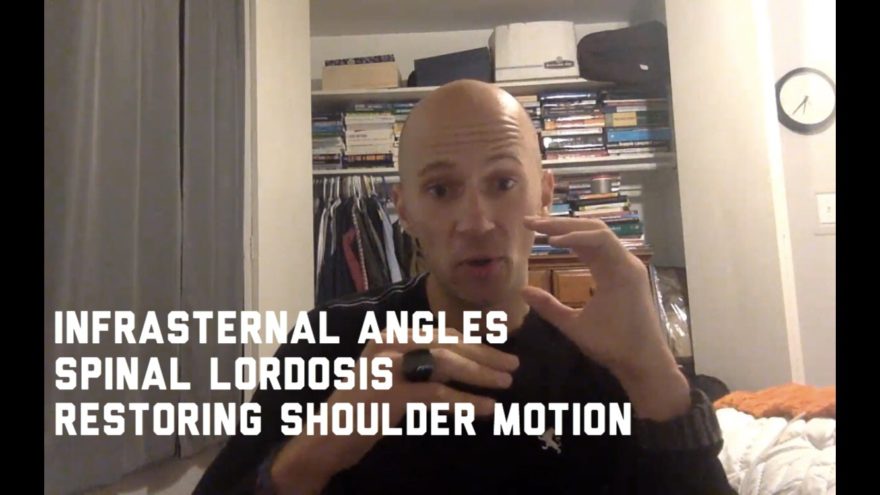Category: Movement Debrief & The Zac Cupples Show
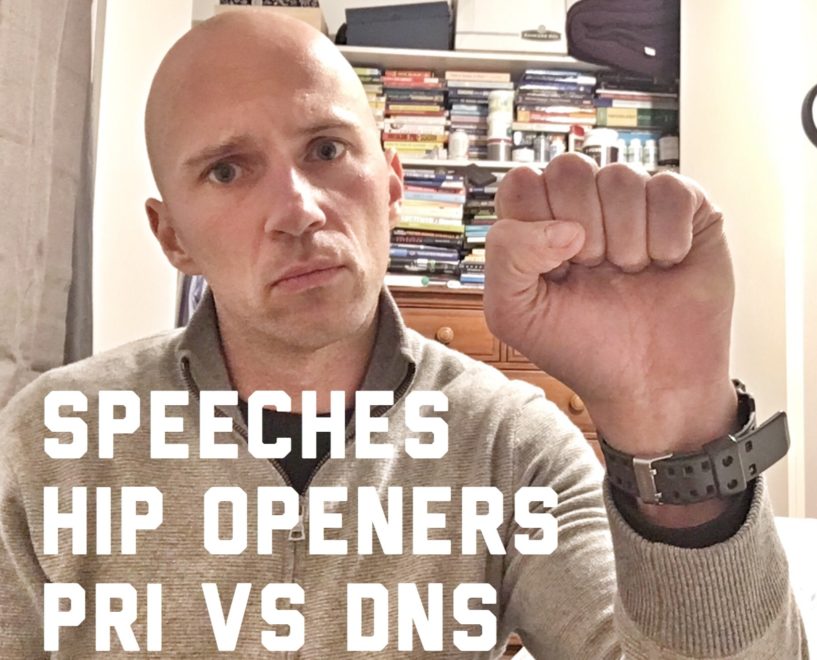
Speeches, Hip Openers, and PRI vs DNS – Movement Debrief Episode 32
Movement Debrief Episode 32 is in the books. Here is a copy of the video and audio for your listening…
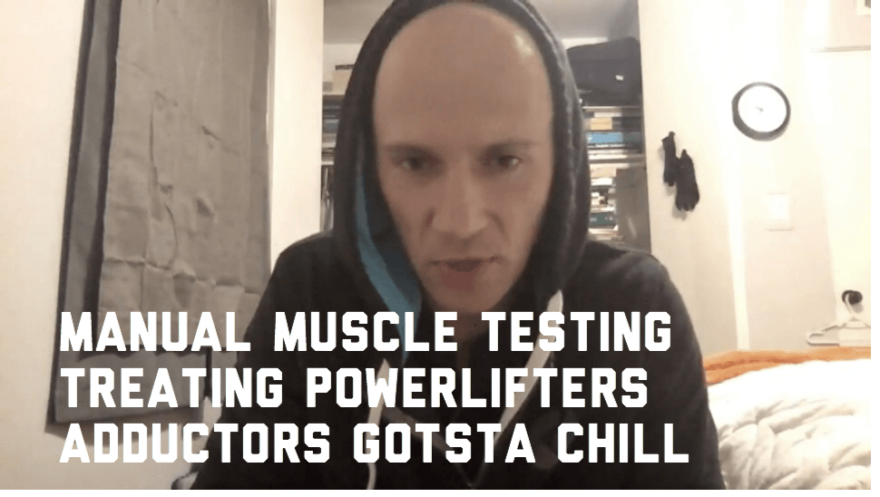
Manual Muscle Testing, Treating Powerlifters, Adductors Gotsta Chill – Movement Debrief Episode 30
Movement Debrief Episode 30 is in the books. Here is a copy of the video and audio for your listening…
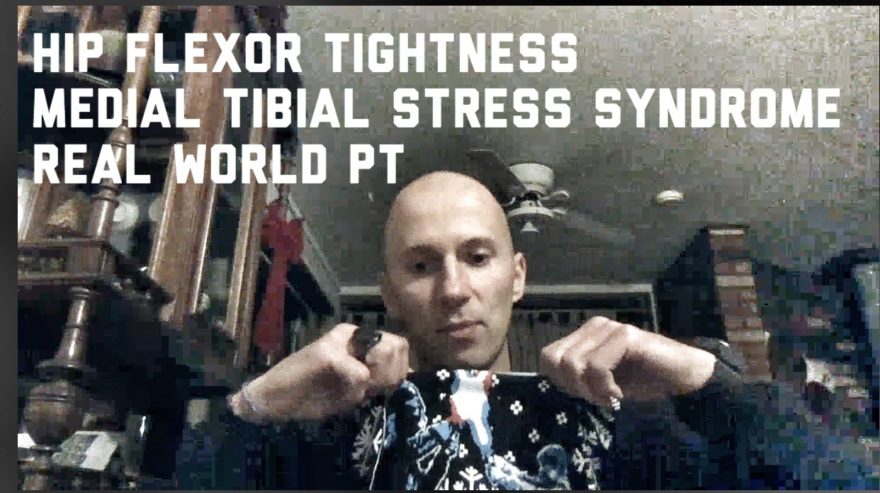
Hip Flexor Tightness, Medial Tibial Stress Syndrome, & Real World PT – Movement Debrief Episode 29
Movement Debrief Episode 29 is in the books. Here is a copy of the video and audio for your listening…

Hypermobility, Pushups Over Quad Sets, and Lat Dominance – Movement Debrief Episode 28
Movement Debrief Episode 28 is in the books. Here is a copy of the video and audio for your listening…
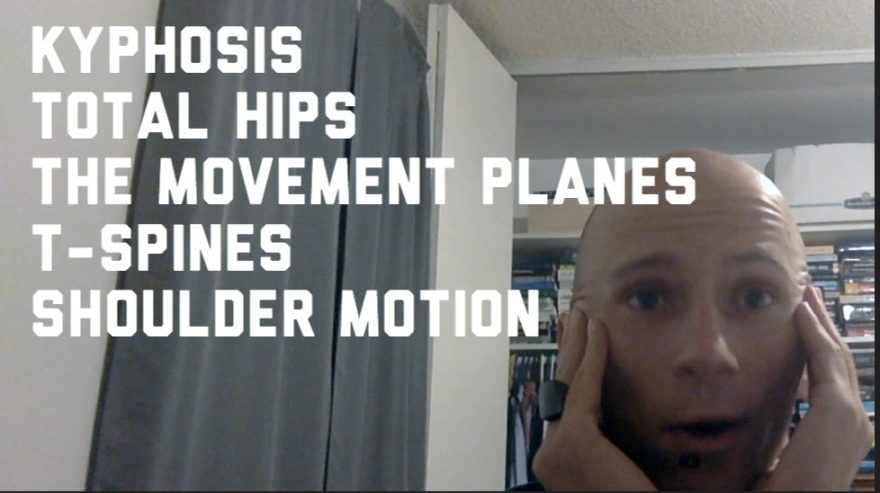
Kyphosis, Post-Rehab Total Hips, and Coordinating Three Planes- Movement Debrief Episode 26
Movement Debrief Episode 26 is in the books. Here is a copy of the video and audio for your listening…

The Guide to Travel Physical Therapy & Psychology – A Randy Bowling Movement Conversation
I recently had the pleasure of talking about all things travel PT and psychology with my dear friend, Randy “The…
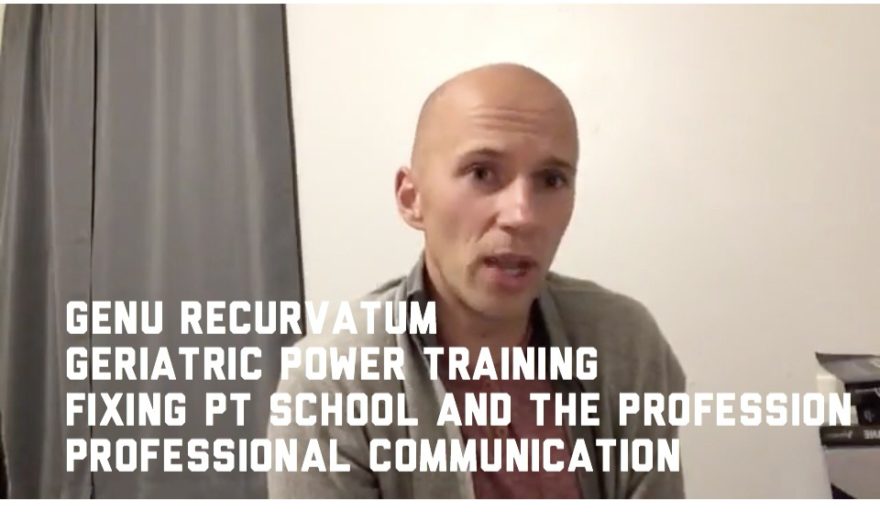
Genu Recurvatum, Geriatric Power Training , the Problem of PT School, and Professional Communication – Movement Debrief Episode 25
Movement Debrief Episode 25 is in the books. Here is a copy of the video and audio for your listening…
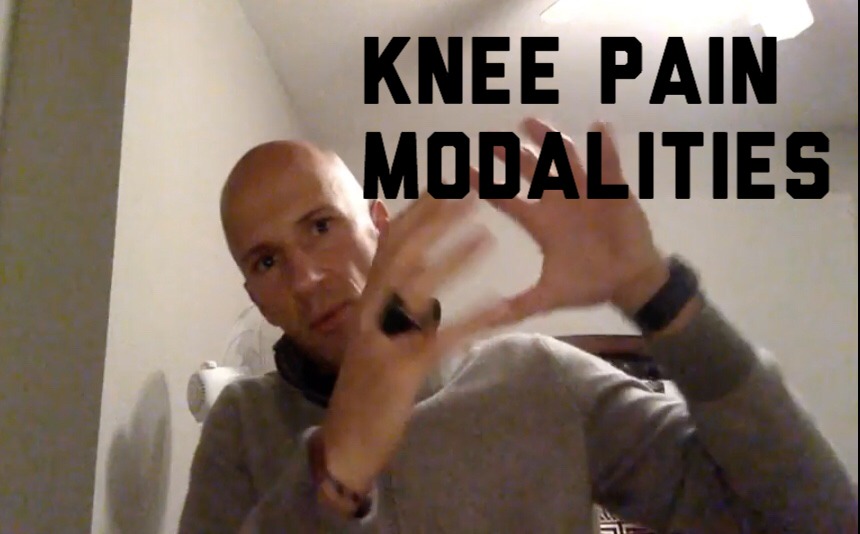
Knee Pain & Modalities – Movement Debrief Episode 24
Movement Debrief Episode 24 is in the books. Here is a copy of the video and audio for your listening…
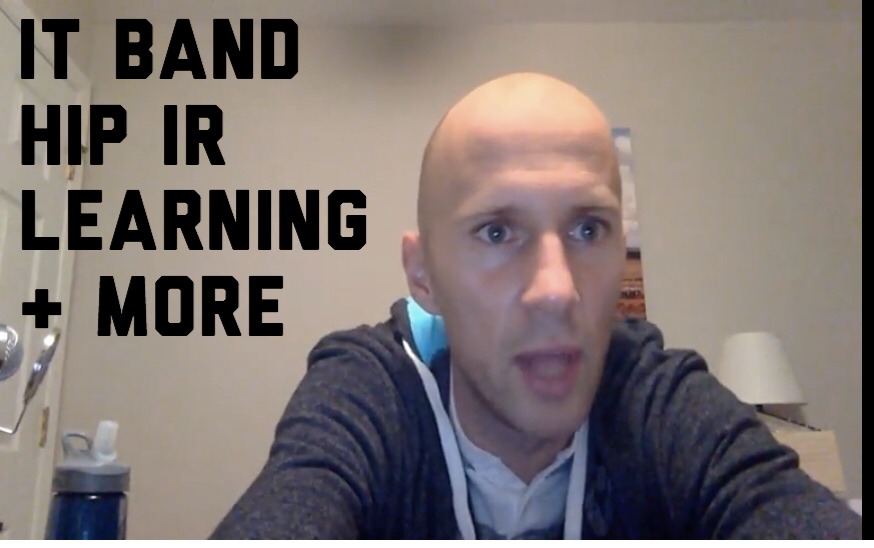
Iliotibial Band Bullshit, Deciding What to Learn, Hip Internal Rotation, and Structure, function, and pathology – Movement Debrief Episode 23
Movement Debrief Episode 23 is in the books. Here is a copy of the video and audio for your listening…
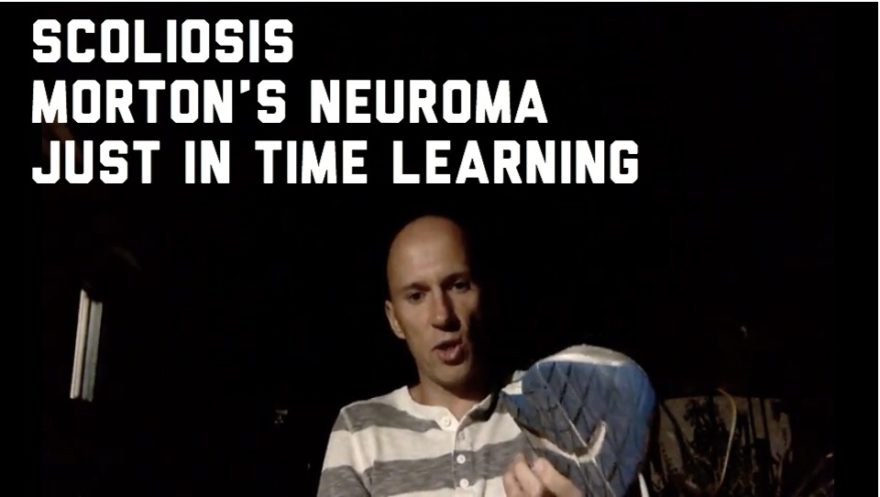
Scoliosis, Morton’s Neuroma, and Just in Time Learning – Movement Debrief Episode 22
Movement Debrief Episode 22 is in the books. Here is a copy of the video and audio for your listening…
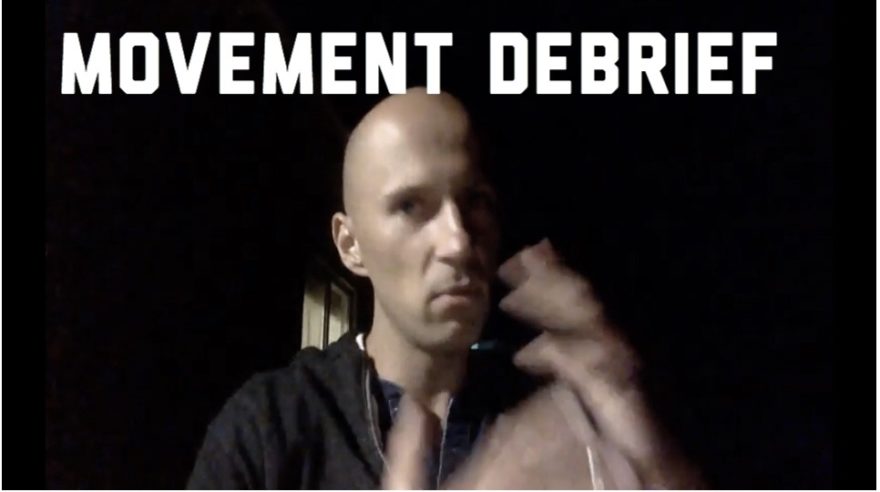
Thoracic Outlet Syndrome, New Grad Advice, and Interview Questions – Movement Debrief Episode 21
Movement Debrief Episode 21 is in the books. Here is a copy of the video and audio for your listening…
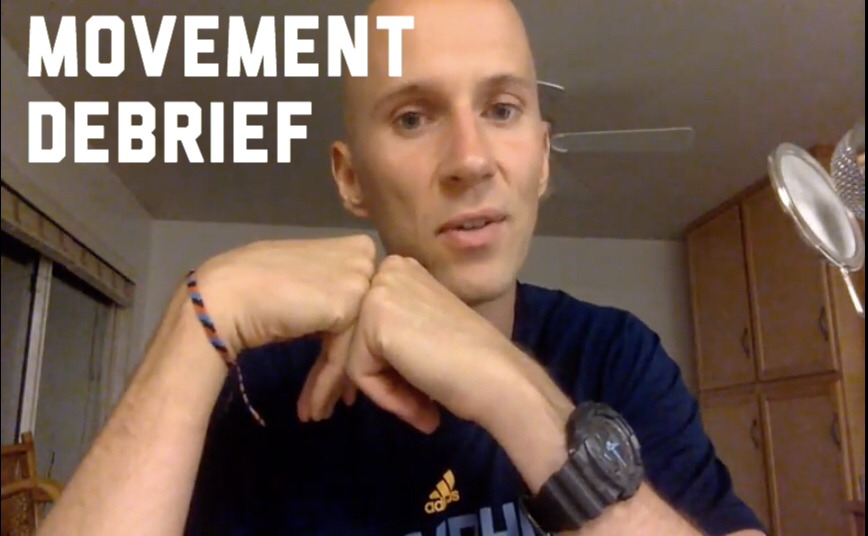
All About Jobs – Movement Debrief Episode 20
Just in case you missed Movement Debrief Episode 20, here is a copy of the video and audio for your…
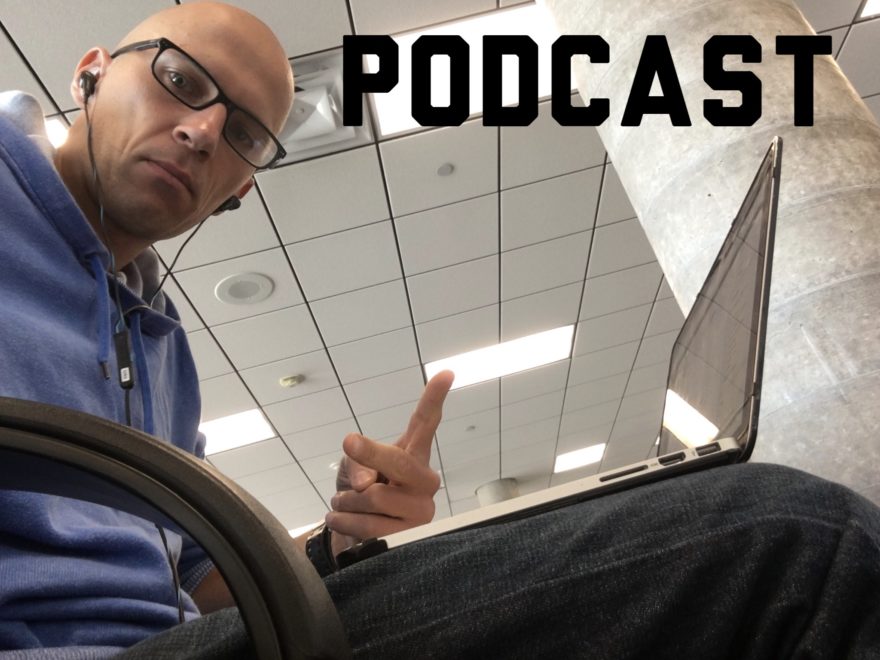
The Guide to Physical Therapy School
So peeps, I’m going on vacation this week. So instead of a debrief, I present to you the first legit…
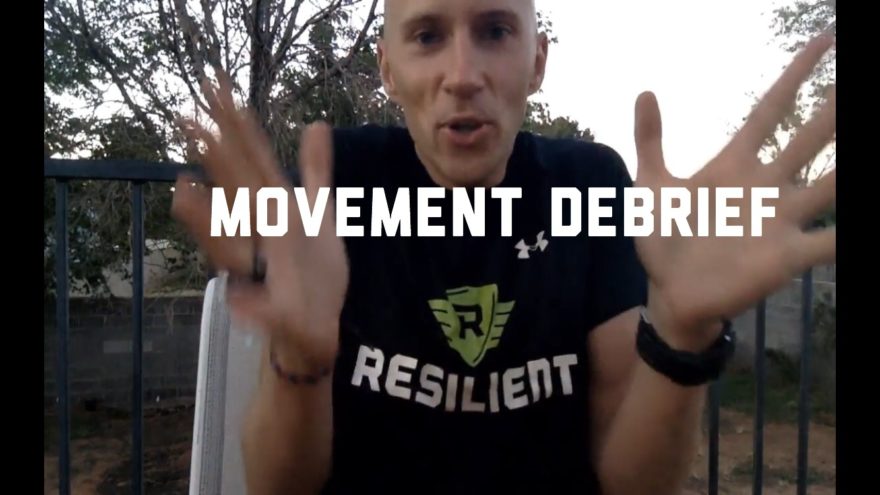
Scars, Hands, and Handling not Getting Jobs – Movement Debrief Episode 19
Just in case you missed last night’s Movement Debrief Episode 19, here is a copy of the video and audio…

